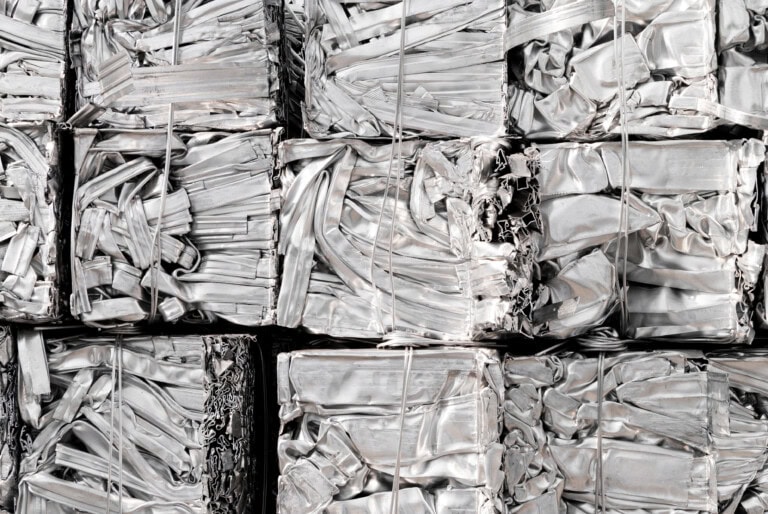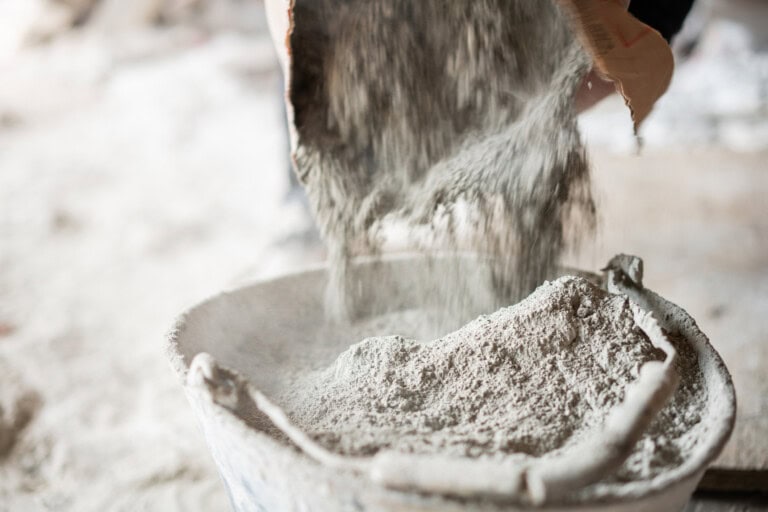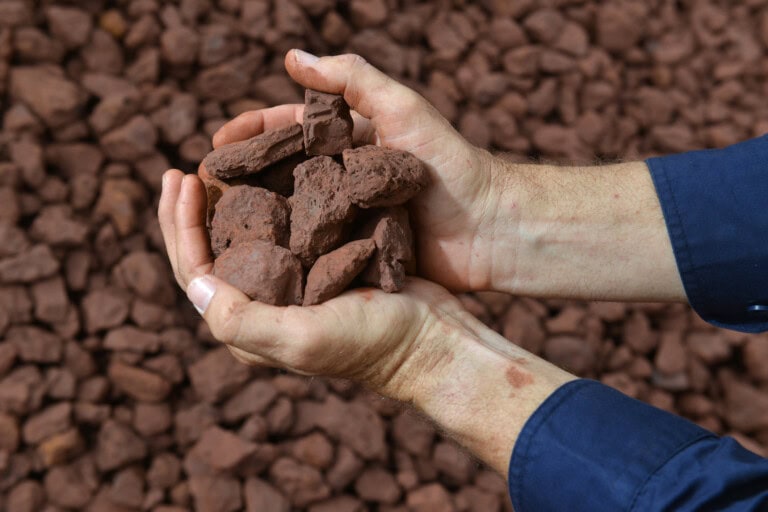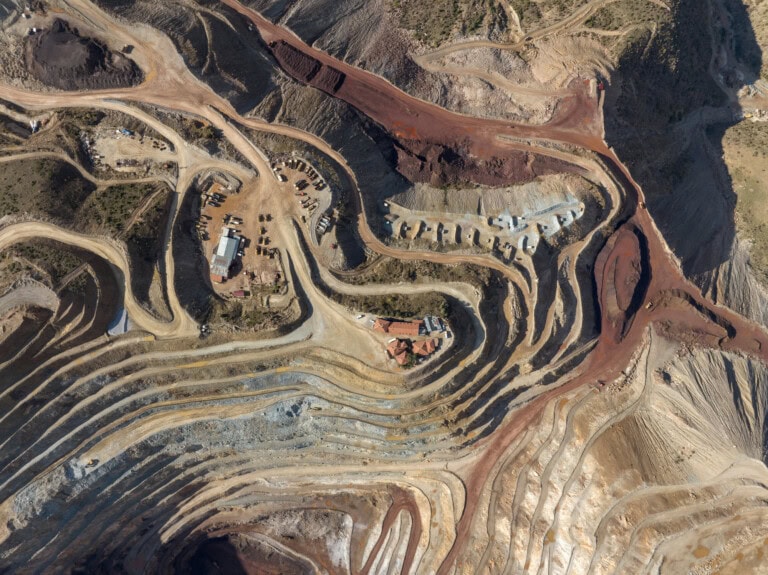Aggregates
Globally, almost half (46%) of all primary aggregates are used to manufacture concrete and cement. Just over a quarter is used in roads and 2% is used for railway ballast. The rest is used to provide drainage, fill voids, protect pipes, provide hard surfaces, and in water filtration and sewage treatment processes. Aggregates are used and extracted globally in high quantities, however, in the UK we mainly use aggregates extracted from the UK.
Key Statistics
Method of Extraction
-
- Quarrying. A quarry is a type of open-pit mine where minerals are extracted from the earth’s crust.
-
- Marine Dredging. The process of removing sediments such as sand and gravel from the seabed. 22% of all sand and gravel in the UK is dredged from seabeds.
-
- River-dredging. The same process as marine dredging, but in riverbeds. This is currently not practiced in the UK but in many locations worldwide.
-
- Recycled aggregates. Aggregates are obtained from previously used materials and include crushed concrete, asphalt, and bricks.

Key Impacts
Habitat destruction on land
Water quality impacts
Sedimentation and erosion
Habitat destruction in aquatic environments
Existing safeguards and certifications
- Planning system. New quarrying sites require planning permission within the UK, including an Environmental Impact Assessment and ecological surveys which assess ecological impacts comprehensively before extraction. It must also include a plan for remediation at the end of the extraction period.
- However, as extraction sites are addressed individually, the cumulative effects of multiple sites are often unconsidered and the overall ecological damage can be underestimated.
- For materials extracted outside of the UK with less stringent regulations, there might still be catastrophic impacts on local ecosystems caused by aggregate extraction.
Best practice and recommendations

Solutions
- Recycled aggregates. These are secondary aggregates, such as from crushed concrete, which don’t rely on new material extraction. 28% of all aggregates used in the UK today come from a recycled source.
- Renaturation of quarries. Applying principles of restoration ecology to mined areas helps rehabilitate or even enhance landscapes post-extraction and restore biodiversity and ecosystem functions. This has resulted in many protected sites, such as Sites of Specific Scientific Interest (SSSI) and nature reserves, across the UK.
- Bio-based aggregates. Research is underway to develop concrete for loadbearing applications using bio-based aggregates such as cement-free bio-based cold-bonded lightweight aggregates. However, until such applications are widely available, ecological impacts of aggregates should be addressed using the resource use mitigation hierarchy.
Summary
Aggregates are mainly extracted locally and don’t rely on global supply chains. In the UK, extraction sites are regulated by the planning system and require Environmental Impact Assessments and permission. Ecological impacts heavily depend on the condition of the site before intervention.
Globally, aggregate consumption is projected to double in the absence of new policies, according to the OECD. To prevent this and its potentially catastrophic impacts on many species, urgent efforts to limit primary aggregate extraction and repair ecosystem damage caused by extraction are required.

Explore Solutions & Resources
Quarries & Nature – A 50 Year Success Story
A report by MPA that explore quarry restoration and what it can mean for nature.

Nature after minerals
A resource for everyone with an interest in quarry restoration and minerals planning for biodiversity gain.

Sand and Sustainability: 10 Strategic Recommendations to Avert a Crisis
UN Report on sand extraction.

Harmful marine extractives: Dredging & marine aggregate extraction
UN report on marine aggregate extraction.

Marine sand watch
A platform that visualises data from global dredging of marine sand.

Explore other materials
Aluminium
Aluminium ore, or Bauxite, is the raw material used for the production of aluminium, which is extensively used in construction for its anti-corrosive and lightweight properties. It is applied as a lightweight and structural material, for example in window and door frames, roofing, and cladding.

Cement
Cement is a fine powder made from a mixture of limestone, clay, and other minerals, which is commonly used as a binder together with aggregates to make concrete. There are various types of cement, such as Portland cement, slag cement, and fly ash cement, each with different properties and uses.

Iron Ore
Iron ore is a natural mineral deposit that contains iron in various concentrations and is the raw material for the production of steel. It is the world’s most extracted metal and the basis for the production of steel, one of the biggest commodities worldwide.

Timber
As a renewable material with the ability to sequester carbon, the interest in timber has surged in our industry. The majority is used as sawn softwood and boards, while 1 percent is used to produce glue-laminated timber (Glulam) for load bearing elements such as rafters, or cross-laminated timber (CLT) for surfaces such as walls and floors.


